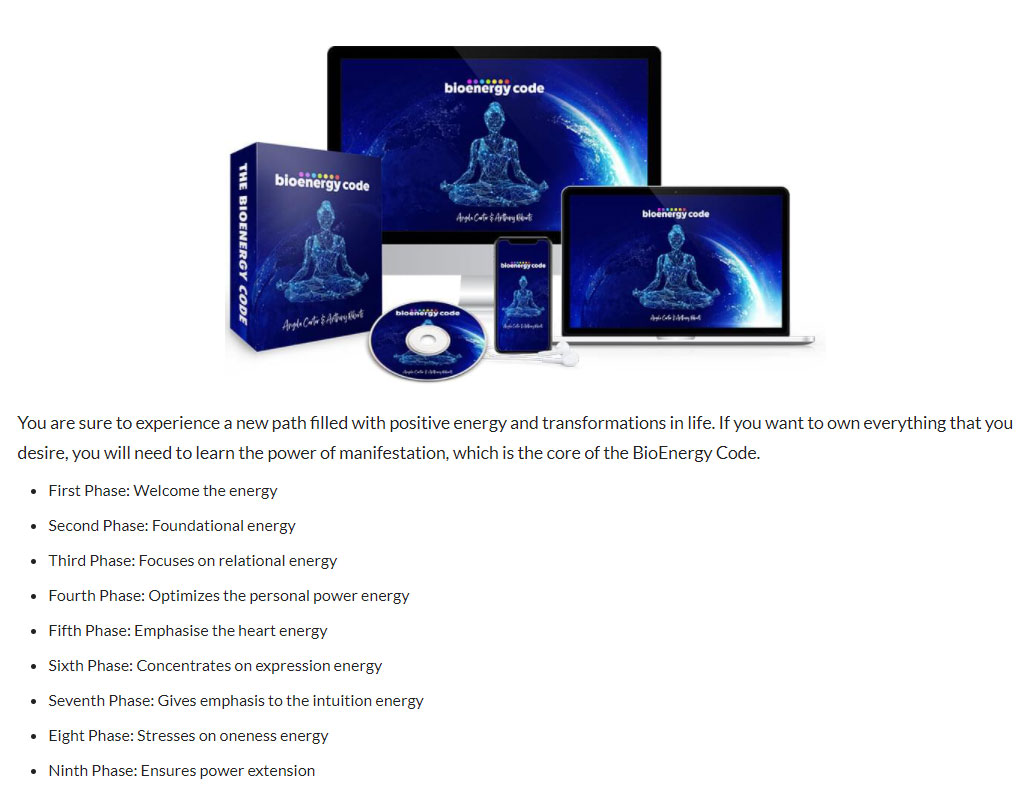How to practice transcendental meditation
Mediation has become an essential practice for anyone wishing to develop their well-being capital. The inner life is paved with small pitfalls that we try to eliminate by all means: stress, anxiety, concentration problems, the list is long!
Among the thousands of existing meditative practices, transcendental meditation stands out. Sometimes criticized, sometimes praised, it has the merit that people are interested in it. Zoom on a particular meditation technique!
What is transcendental meditation?
There are thousands of meditation techniques, unknown to most of us until about fifteen years ago. Among them, transcendental meditation stands out as a slightly more alternative technique.
Indeed, it is often presented more as a mental technique for the development of consciousness, associated with relaxation yoga. The process is presented as effortless, effective in a short period of time and approved by the majority.
On paper, the idea is to develop this mental technique twice a day for twenty minutes. In silence, we participate in a positive way to our emotional coherence, to our self-esteem, and, in parallel, and like yoga, we learn to relax with serenity.
The principle? Repeat a mantra internally, sitting in the lotus position, eyes closed. This same mantra is taught in a personal way by an instructor trained by the organization of Maharishi, the founder of transcendental meditation.
Here, therefore, no concentration is required, no contemplation either, in short, no special effort or technique. While it does not require any particular change in the pace of life, it fits perfectly into an active, even overbooked daily routine.
Learning to meditate to calm our thoughts is the objective of the discipline. How to use relaxation techniques to learn how to meditate. How to use mindfulness to free our thoughts mentally and deeply.
A nice program that transcendental meditation promises us!
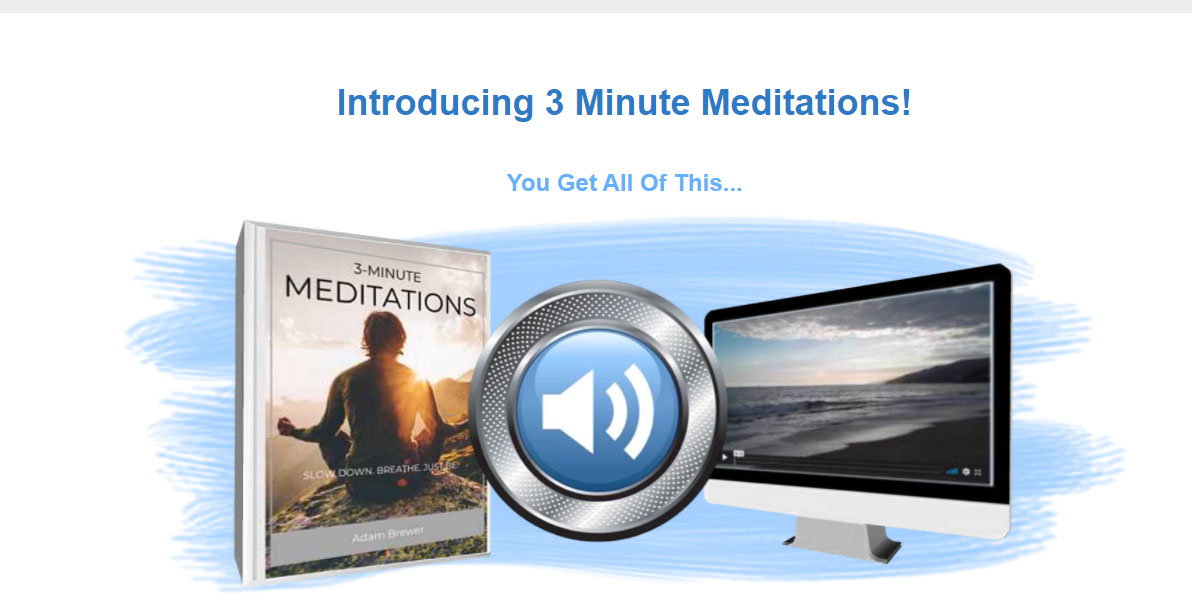
Where does transcendental meditation come from?
Introduced in the West in 1955 by Maharishi Mahesh Yogi, transcendental meditation is inspired by an Indian spiritual tradition. Maharishi has been embodying the revival of Indian meditation and traditions in this field ever since.
It is said that six million people around the world have been taught this technique. A number which, despite the small polemics, is nevertheless representative of a certain craze and a will to be happy.
Meditation comes above all from a primary desire to be aware of oneself, to understand what is going on deep down inside, or to fight stress and depression. These are goals that transcendental meditation promises to achieve, in combination with significant physical benefits.
Maharishi Mahesch Yogi (literally: Great Seer, Great Lord and Divine) is the man who has thus popularized and democratized transcendental meditation (also called TM).
Born in 1917 and died in 2008, he became the symbol of an American counterculture, and saw his image popularized, notably on the cover of The Times.
While his detractors refer to his technique as a "cult", Maharishi founded a university, schools and colleges in various countries. This success is due to the ease of the technique, which is all the rage among some stars.
Transcendental meditation: the benefits
A technique that seems simple, yes, but what are its effects?
In absolute terms, most practitioners agree that transcendental meditation reduces stress, improves the quality of sleep, and reduces fatigue. It makes you want to!
Refocusing day after day, clearing our minds of what's going on, making our brain more attentive, having more self-awareness, like yoga, in short, daily practice has proven that transcendental meditation comfortably improves our quality of life.
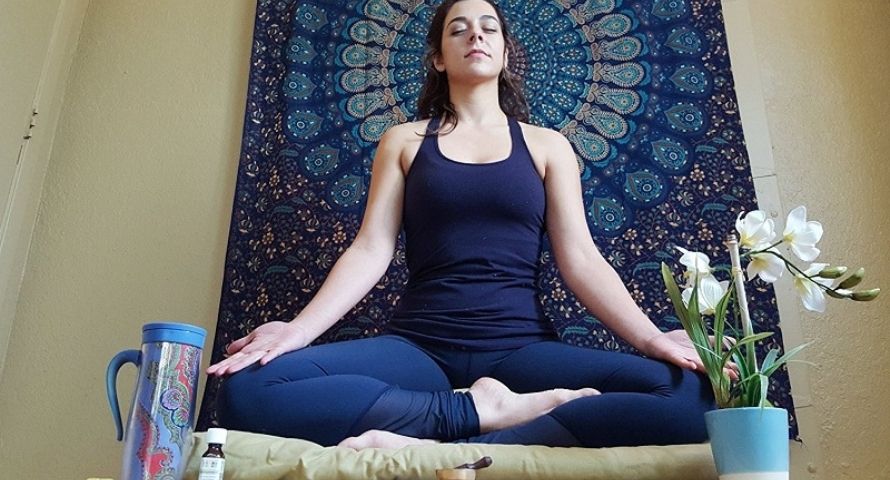
The practice of transcendental meditation would, according to Maharishi, have the ability to develop a state of awakening to rest, which would result in a release of tension and anxiety. A self-awareness that, day after day, would help manage stress and make us more attentive to what is happening. It is said that, through transcendental meditation, it would be possible to reach a sleep twice as deep as the usual sleep. One then feels truly rested after a good night's sleep.
Indeed, the practice of transcendental meditation allows the release of a hormone called "serotonin" or also called "happiness hormone". This hormone is at the origin of the reduction of stress, anxiety, but in addition, it promotes sleep.
Meditation also has benefits for people in a state of depression. By freeing themselves from daily stress or specific stress, such as traumatic stress, people also gradually free themselves from depression. And while this is not an exact science and each person may react differently, it may be worth a try.
There is also talk of a reduction in high blood pressure, or a significant reduction in stress. It would also revitalize the body and improve the nervous system. A complete discipline, which would improve well-being from a global point of view therefore.
Thanks to this relaxation, many practitioners of transcendental meditation notice an improvement in their health and a self-healing of the body itself. Does meditation have magical powers?
One must also consider the other benefits of practicing transcendental meditation.
Having a free mind and being more serene has other positive effects on character and health. It is a virtuous circle that can only do you good.
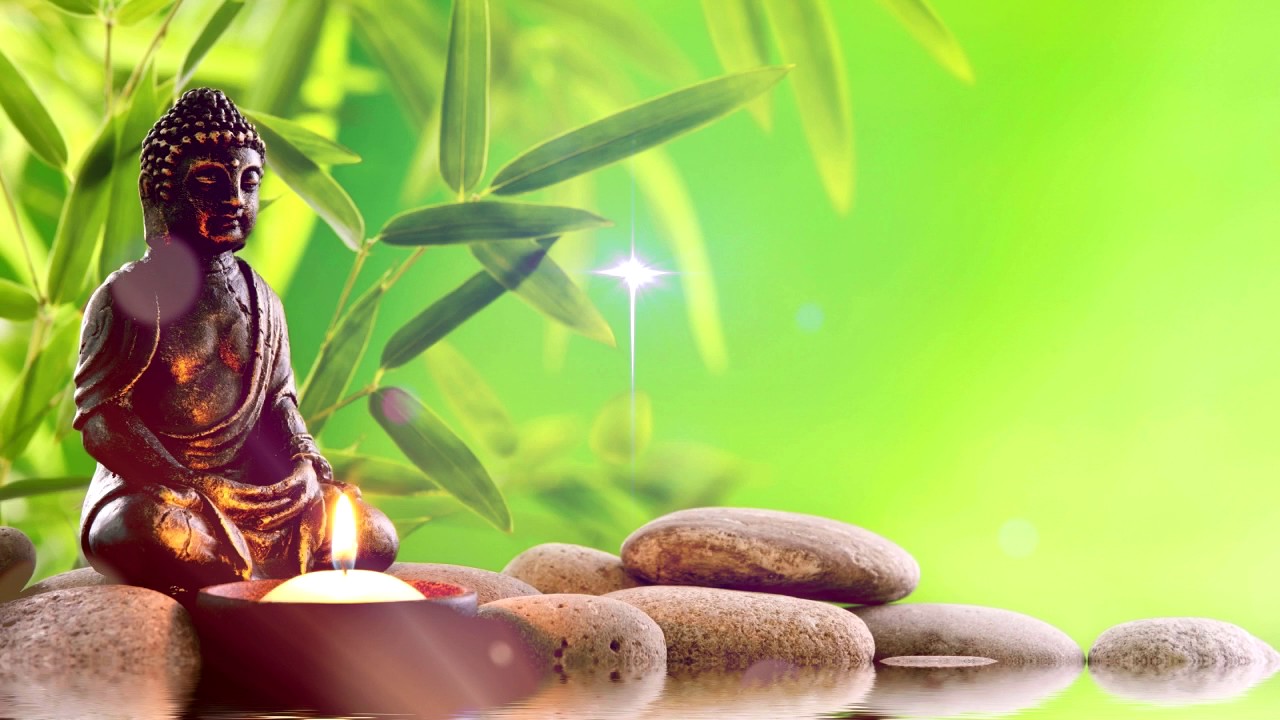
For example, daily practice will help you develop your creativity. Your brain, more available and freer, allows itself to develop ideas that were once buried. Ideas then provoke new ideas and so on.
But when we talk about creativity, it doesn't necessarily refer to the practice of fine arts. Creativity is useful on a daily basis: for new ideas in one's professional career, for having new desires, etc. The creation of ideas goes far beyond the simple artistic framework.
Transcendental meditation also improves the sense of organization. Indeed, practitioners are often more attentive to the task they are doing, but also more orderly. The short pauses involved in meditation help people to rethink their priorities once they are relaxed. Because in stress, it is never good to make decisions and it can quickly turn into a mess.
Finally, meditating with this method also helps to better coordinate body and mind. You feel good in your sneakers. Gone is the feeling of not being able to follow the movement of one's thoughts!
However, there is no proof that this technique works better than other meditation practices. Because, let's not forget, this is meditation above all.
This is the principle and the message conveyed by transcendental meditation: a daily practice would promote an overall well-being of body and mind.
If we summarize, transcendental meditation would allow :
• Reduce anxiety,
• To meditate without effort,
• To become aware of oneself and one's body,
• To stick to a daily practice,
• To sleep better,
• To be more creative,
• To be more organized,
• To have a better coordination between body and mind,
• Resolve or reduce many potential physical hassles.
Anyway, as a great practitioner of meditation, I didn't really know this technique, and I think I'll look into it quickly.
I'll look into it, but getting down to it is a bit more complicated. Indeed, transcendental meditation was a particular type of meditation, which can only be practiced with the presence of a teacher.
It is this person who will have the role of an instructor, an initiator, a guide, towards the knowledge of TM. This role is of capital importance, when we know that for 2 people out of 5, the practice of meditation is a real tool for personal development.

How to practice transcendental meditation?
Transcendental meditation is a particular practice that does not require a great deal of investment or equipment.
How to do transcendental meditation?
It couldn't be simpler. You have to sit in a suit, in the most well-known meditation position, close your eyes and repeat a mantra. A mantra is a formula, a word or a few syllables that must be repeated several times at a certain rhythm. This mantra is given by a specialist in transcendental meditation.
The repetition of a mantra helps to clear the mind and enter into meditation.
The meditation position is not an imposed position. The key is to feel comfortable so as not to lose concentration during meditation.
Thus, it is also advisable to wear comfortable clothing, as in yoga for example. This can be leggings at the bottom and a t-shirt or a loose tank top at the top. You should not feel tight in your clothes.
To promote concentration, remember to put yourself in a calm and soothing place. It can be a park away from the hustle and bustle or at home, in your living room if you are alone. It is important to feel serene when entering into meditation.
When to practice meditation?
Meditation is a personal moment of relaxation. It should be done when all the elements are in harmony: a moment alone, calm, a break, etc... On the whole, it is therefore advisable to practice early in the morning or in the evening before going to bed; two moments that are conducive to calm.
Practicing in the morning allows you to start the day rested and Zen. In the evening, it allows one to free oneself from all the tensions accumulated during the day.
It is advisable to do two sessions per day of about 15 to 20 minutes each. If you can only do one, it is still suitable.
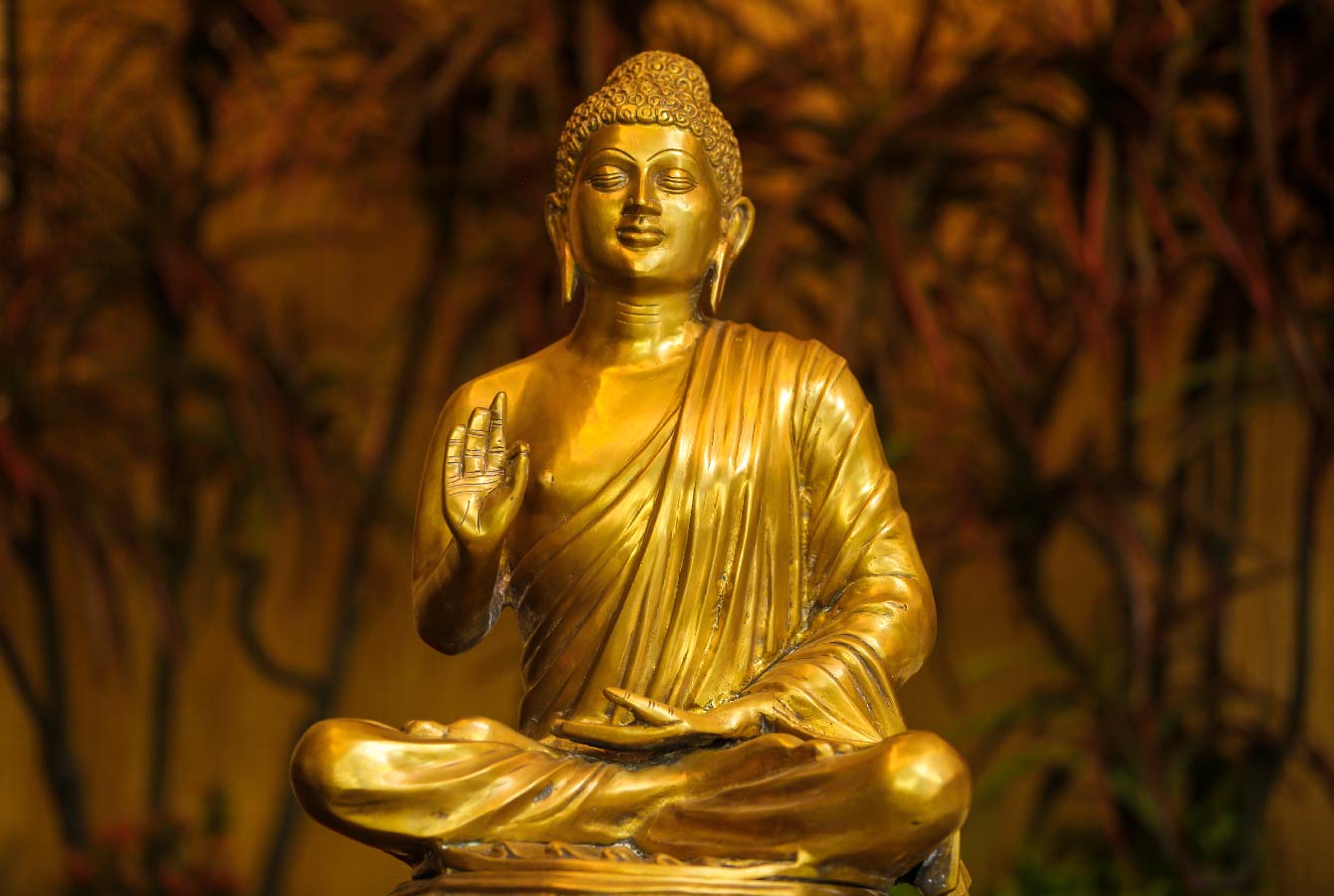
Practicing transcendental meditation with a teacher
Meditation is therefore a relaxation and personal development technique that is a little different from others. Indeed, here there is no need for any effort or concentration. A willingness to practice daily is enough, as well as a little training, which we will come back to.
The practice is based on an inner peace conscious of our body, where we will simply focus our attention on a mantra, and recite it silently. A mantra is therefore a word, an idea, which will be evoked by the teacher on an individual basis.
The principle is therefore to repeat this mantra, this word, in accordance with the teachings of an instructor. This same instructor must be trained by Maharashi Mahesh Yogi's organization.
A message a little more advanced than mindfulness meditation or Zen meditation, which is almost like a claim, which some people do not hesitate to link to a sectarian character.
The role of the teacher is therefore very important, if not fundamental. However, and this is the weak point of the discipline, learning meditation with a teacher is indispensable.
Beyond being indispensable, it requires a real involvement, a real desire to be trained, to follow courses, and has a financial cost. A point that can be perceived as negative, when we know that meditation is a discipline that generally requires no material, no course, just our body and mind.
The training with teachers takes place in the form of conferences, personal interviews, supported by a follow-up for 6 months.
It is clear that this is not a meditation practice like any other, where classes are given freely and randomly. Here, training is presented as necessary for the proper functioning of spirituality.
A kind of guided meditation, where personal development and this state of letting go are accessible through a specific process.
When transcendental meditation makes people talk about it
Perhaps this is where the limits of transcendental meditation lie.
Indeed, it has often been perceived through the media and other polemics only as a discipline of relaxation in its own right, anchored in the present moment. Not as a potential training, because of the need to learn, or because of the alternative messages it can carry through its practice.
The reason is simple, and is due in particular to the media coverage of the founder of transcendental meditation. Indeed, while Maharishi Mahesh Yogi appeared surrounded by stars such as Stevie Wonder, Hugh Jackman or Oprah Winfrey, regular TM practice appeared popular as early as the 1960s.
Invited to several American television programs, he contributed to the democratization of transcendental meditation and, in fact, paved the way for various polemics, such as that of the sectarian nature of the discipline.
Religious, political, financial dimensions, everything has been evoked about transcendental meditation. The fact is that it places itself as a branch of meditation, which, if it does not suit everyone, has the merit of making people talk about it.
